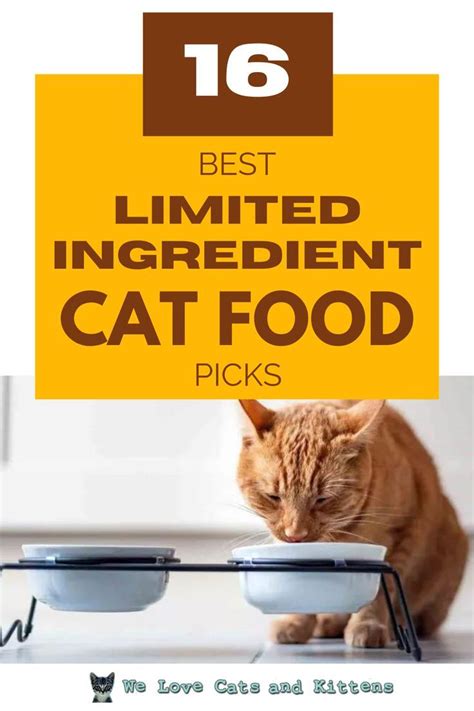Introduction
Cat food companies are constantly trying to come up with new and innovative ways to attract customers. One way they do this is by adding new ingredients to their products. However, some of these ingredients can be harmful to cats, causing allergies or other health problems.

Common Cat Food Ingredients
The most common cat food ingredients include:
- Meat: Meat is the primary ingredient in most cat foods. It provides protein, which is essential for cats’ health.
- Grains: Grains are added to cat food to provide carbohydrates. However, some cats are allergic to grains, so it is important to choose a grain-free food if your cat has allergies.
- Vegetables: Vegetables are a good source of vitamins and minerals. However, some vegetables, such as onions and garlic, are toxic to cats.
- Fruits: Fruits are a good source of antioxidants. However, some fruits, such as grapes and raisins, are toxic to cats.
Cat Food Sensitivities
Cat food sensitivities are a common problem, affecting up to 10% of cats. Sensitivities can be caused by any ingredient in cat food, but the most common culprits are:
- Beef
- Chicken
- Fish
- Dairy
- Eggs
- Wheat
- Corn
- Soy
Symptoms of Cat Food Sensitivities
The symptoms of cat food sensitivities can vary depending on the individual cat. However, some of the most common symptoms include:
- Vomiting
- Diarrhea
- Gas
- Bloating
- Weight loss
- Skin irritation
- Hair loss
- Lethargy
Diagnosing Cat Food Sensitivities
Diagnosing cat food sensitivities can be difficult. However, there are a few tests that can help your veterinarian determine if your cat has a food sensitivity:
- Skin prick test: A skin prick test involves injecting a small amount of the suspected allergen under the cat’s skin. If the cat is allergic to the allergen, it will develop a small bump at the injection site.
- Serum allergy test: A serum allergy test involves taking a blood sample from the cat and testing it for antibodies against specific allergens. If the cat is allergic to the allergen, the blood sample will contain antibodies against it.
- Elimination diet: An elimination diet involves feeding the cat a diet that is free of all potential allergens. If the cat’s symptoms improve on the elimination diet, it is likely that the cat has a food sensitivity.
Treating Cat Food Sensitivities
There is no cure for cat food sensitivities. However, the condition can be managed by avoiding the foods that trigger the cat’s allergies. If your cat has a food sensitivity, your veterinarian will recommend a diet that is free of the offending ingredients.
Preventing Cat Food Sensitivities
There is no surefire way to prevent cat food sensitivities. However, there are a few things you can do to reduce the risk of your cat developing a sensitivity:
- Feed your cat a high-quality diet. High-quality diets are less likely to contain ingredients that can trigger allergies.
- Avoid feeding your cat table scraps. Table scraps often contain ingredients that are not safe for cats.
- Introduce new foods to your cat’s diet gradually. Introducing new foods gradually can help your cat’s body adjust to the new ingredients and reduce the risk of developing a sensitivity.
Conclusion
Cat food sensitivities are a common problem. However, the condition can be managed by avoiding the foods that trigger the cat’s allergies. If you think your cat may have a food sensitivity, talk to your veterinarian.





















